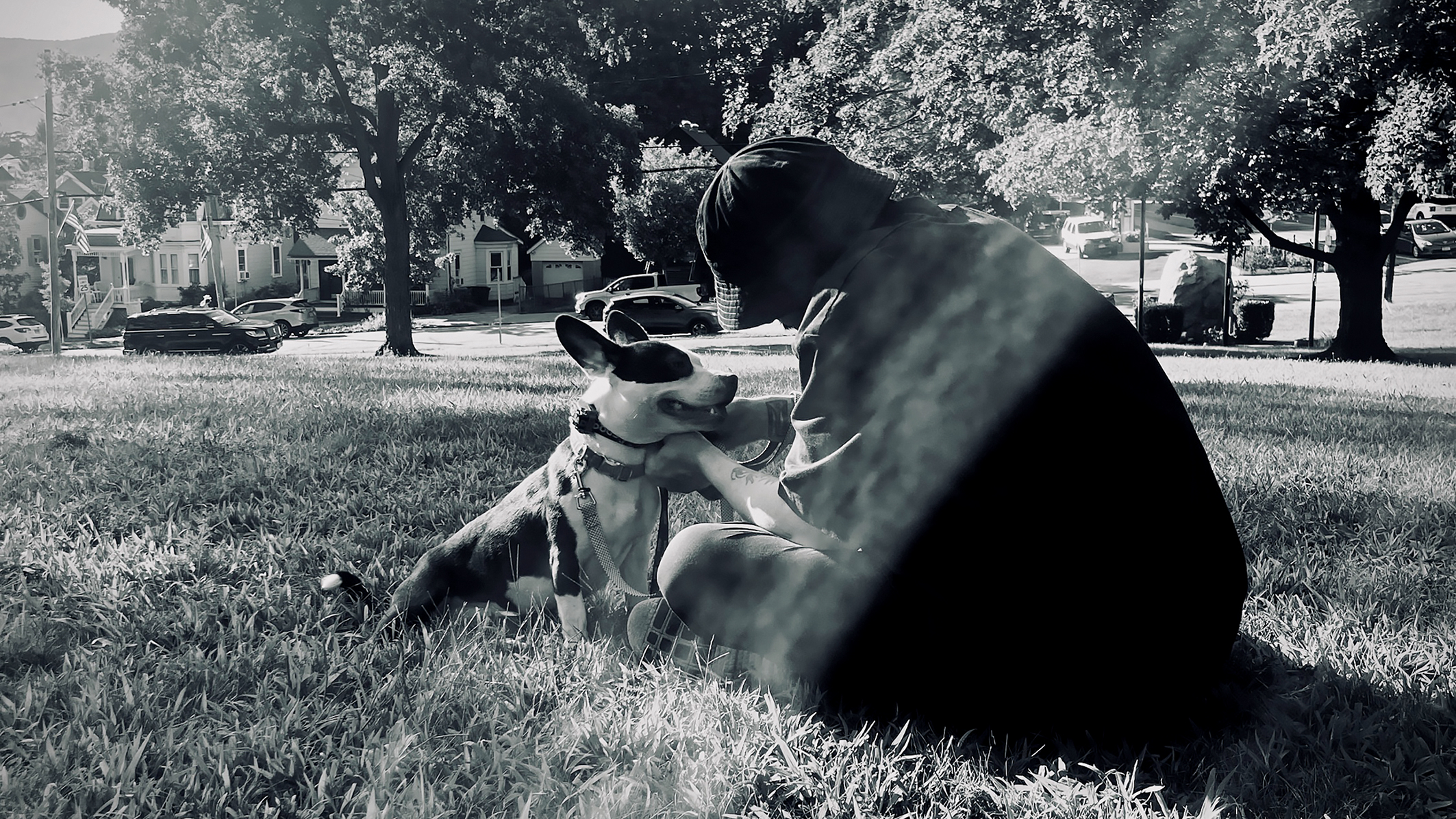
For over 20 years, Guillermo Scott Herren has been releasing derivations of hip-hop under a swathe of pseudonyms such as Prefuse 73, Savath and Savalas and Delarosa & Asora. With the pandemic giving him the time and space to think outside of the box, the Miami-born producer emerged with The Failing Institute album series – a new way of working, collating vocal samples and textures using minimal effects.
The latest Prefuse 73 album, New Strategies for Modern Crime Vol. 1, continues Scott Herren’s search for new avenues of expression. After being troubled by America’s 24-hour news cycle of crime, he began digging into vigilante movies from the ’70s and ’80s. In deep admiration of their soundtrack scores, he abandoned his famous reliance on the Akai MPC and enlisted live musicians to create his own dark, cinematic jazz-funk soundtrack.
For the first 20 years of your career, your albums were mostly based around origins of hip-hop, but that seemed to change in 2020 with your Failing Institute albums. What did your explore with that series?
“That collection of stuff was more of an exercise. They were made during Covid when I was able to focus and see what I could do without inhibition and work and study with sounds and textures that were very similar. That wasn’t something I was used to doing because everything I’d done up to that point had been quite heavy-handed and maximalist.
“I loved being able to use that time to reconfigure things in my mind, separating everything I’d done from what was in front of me. During that period, I also did a bunch of commercial work, which was a side-hustle to offset things economically, but I didn’t think that was much fun.”
What didn’t you enjoy about doing commercial work?
“I love soundtrack work, but I didn’t like doing corporate commercial work like regular TV adverts. It can be really interesting and cool if you’re working with the right director or production group, but there’s usually 30 other people working on the same project and it starts to feel like it’s a race towards who gets the job and gets paid.
“The briefs are so vague – they want something ‘upbeat yet downbeat, cheerful yet depressing’, and it’s really hard to decipher that. The worst part is that you’re trying to hit the bullseye when out of nowhere they’ll come back and decide to completely change direction.”
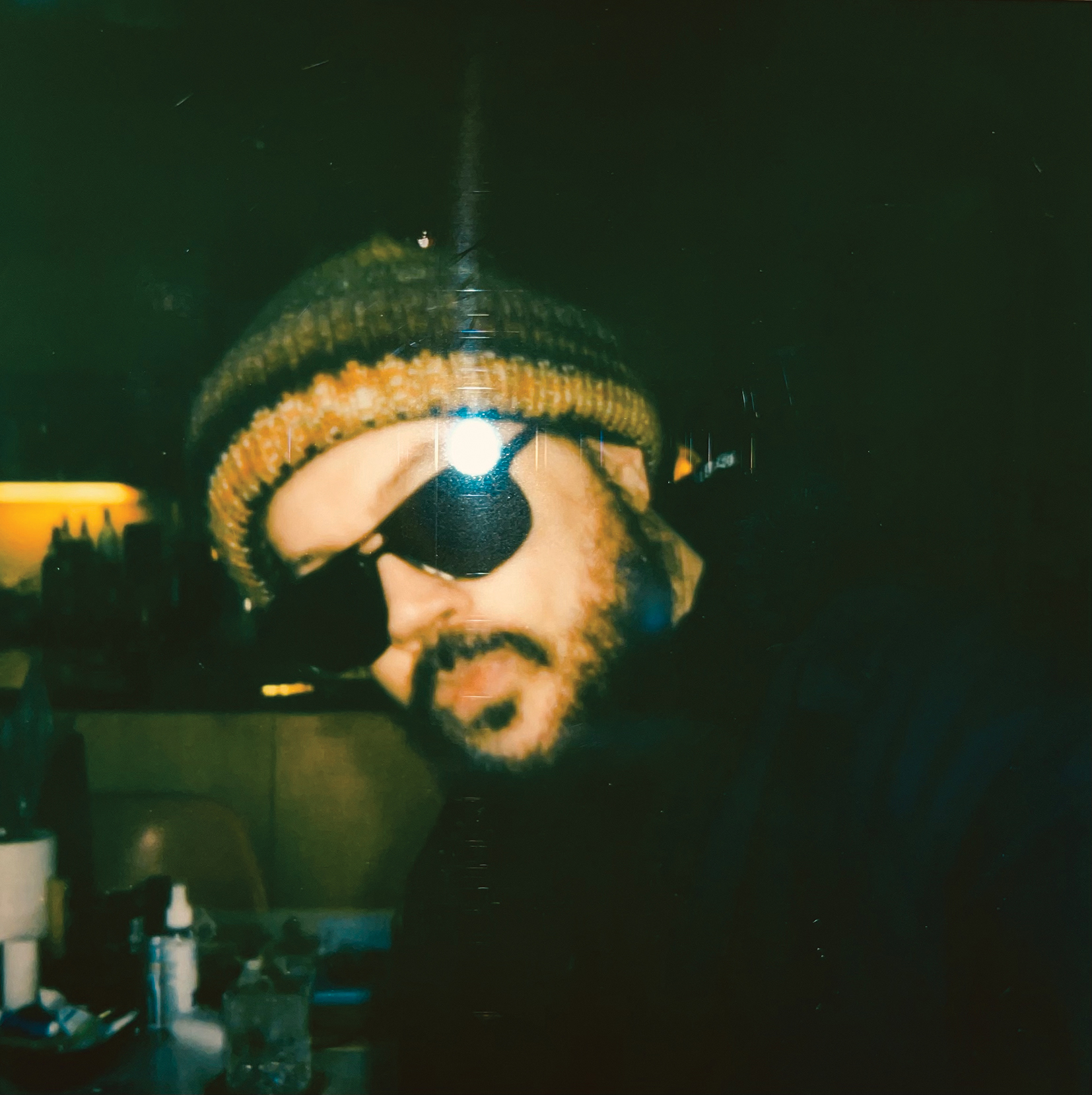
Your latest album New Strategies for Modern Crime Vol. 1 continues your exploration away from hip-hop. What can you tell us about the ethos behind the album?
“During Covid, I noticed that certain people, whether through the media or government, like to enhance the level of crime and how dangerous it is and tell you that you can’t go outside without getting stabbed in the neck, or ride the subway without getting punched in the face and thrown onto the third rail. This stuff happens and always has, but I realised they’re just using injustices to sensationalise crime and put more money into militarising or ramping up police budgets.
I wanted to make a soundtrack for today’s environment with a nod to the sensationalism that existed in the ’70s and ’80s when things were much worse and actually real
“I wanted to make a soundtrack for today’s environment with a nod to the sensationalism that existed in the ’70s and ’80s when things were much worse and actually real. I started watching Italian crime films and ’70s American trash like Death Wish, and when I saw those movies I realised that all of the soundtracks were amazing. That experience made me want to escape the music I was making at the time and go into that whole world.”
Do you find it distasteful when mainstream news media uses that as a form of entertainment despite the serious subject matter?
“It’s hard to explain, but you see traumatic and horrible things on the mainstream media channels and it does feel as though they’re using that as entertainment. 24-hour news channels are a pretty recent phenomenon and, left wing or right, it feels like they’re all competing and using the same sort of sensationalism. They’re throwing trauma at your TV, locking you in and making you terrified by exaggerating everything you’re seeing to make an awful situation worse.”
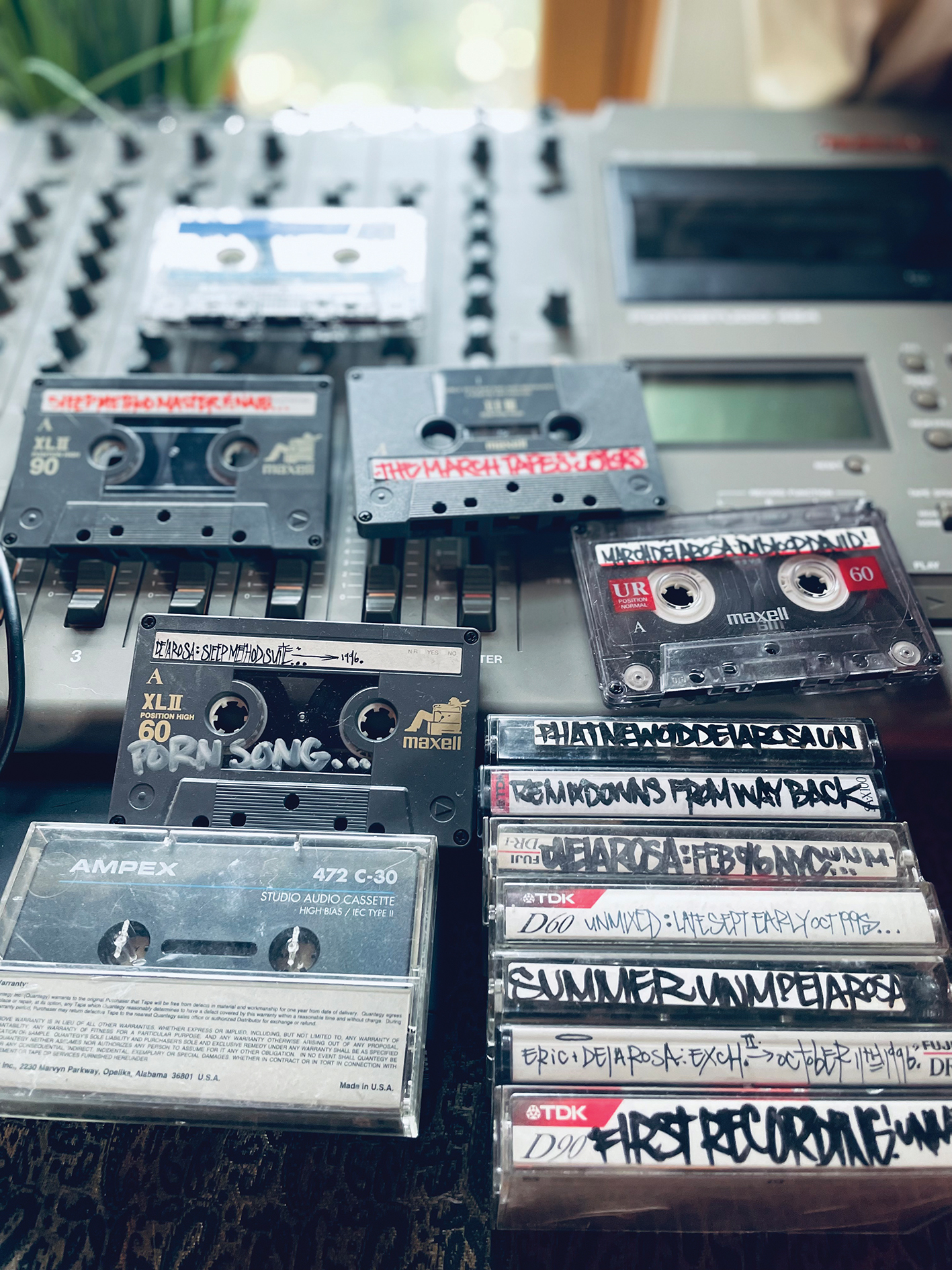
You’ve mentioned that you’ve always got a movie on in the background while making music. Is that a distraction technique or a creative tool?
“I think it’s both. I’ve always worked with the TV on mute or just enough so I can turn my head and watch it. People I work with can’t stand it, but it definitely acts as a form of inspiration – especially when I’m mixing because those images can throw so many great visuals into your head. I even got a cheap DVD player so I could get those harder to grab, weird ’70s and ’80s movies that you can’t find anywhere else.”
Did you do any specific research or study compositions that were relevant to the style of music you were creating for New Strategies for Modern Crime?
“Do you remember when records were affordable, or you could still find random soundtracks for $5? When I first started buying vinyl I was obsessed with all of those original soundtracks, so I already had this catalogue of memories that I could pull from. It’s not related to sampling, but having an innate understanding of how tension builds, compositions are formulated and hearing things more as scenes [helped].”
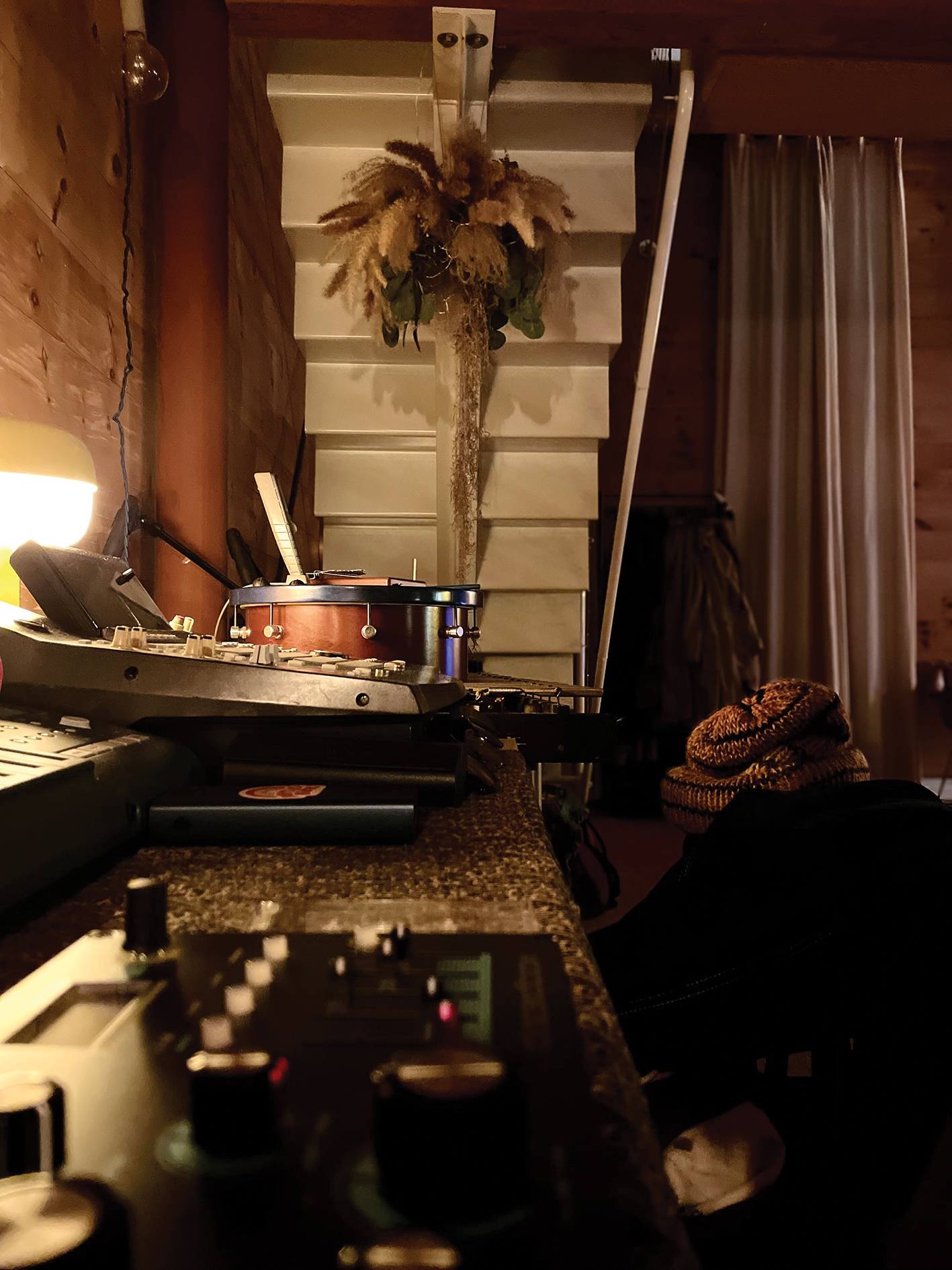
Does the album definitively steer towards the ’70s?
“Without being clichéd, it definitely leans towards cinematic themes from the ’70s or early ’80s and the complete chaos of New York at the time, especially 42nd street. If you picture the movie Taxi Driver with DeNiro driving around, then that whole area of NY had a big influence.
“About three years prior, I was living around that area and getting really obsessed with historical stuff and the seedier side of NY’s history – like, ‘oh man, this place was a crazy strip club back in the day’, or a venue in Times Square where certain bands played when it was a completely different place. That history is so important to have rather than putting a canopy over things that people don’t want to see. I’d rather see that and be uncomfortable than have everything look like Disney and not get the original culture.”
Talking of Taxi Driver, how much of an influence was Bernard Herrmann’s amazing score for that movie?
“It’s probably the most mainstream thing I can point to alongside all of the giallo soundtracks. When I point to American films, I use Taxi Driver and Death Wish so people can reference what I’m talking about before I go into all those obscure revenge movies that had the same vibe, where the cinematic quality is really horrible and you can barely see anything. Those soundtracks were amazing, and Taxi Driver has to be one of the top five of all time.”
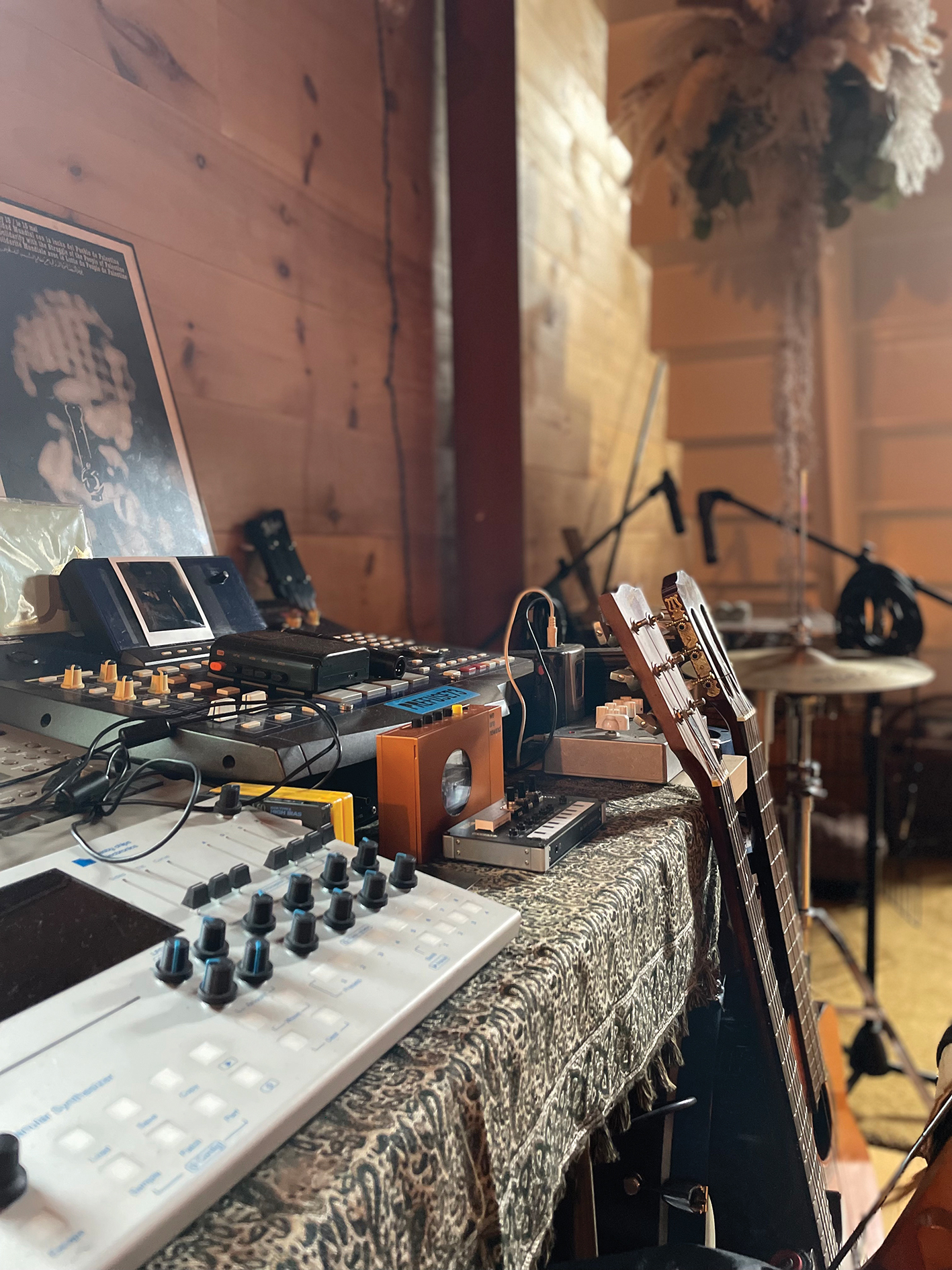
Soundtrack music obviously has film to complement it. How did you seek to create a soundtrack that’s authentic without people having images to reference?
“It’s an interesting question, but something just happens when you start arranging live instruments. For example, when you use a horn arrangement to create a mood, you intuitively know where to go because certain notes just scream at you. The first track, which ended up being called Forever Chase, didn’t start out with me trying to make a chase song, it was built around prepared piano and bass and one or two Moog lines that created a whole scene in my head.
Sometimes, I’d work on a track and in the middle of it think, this would be cool to finish, but it’s given me a better idea for a new track
“It’s a different way of composing, because my previous stuff was based more on emotion, and this was more focused around what the visuals in my head looked like as I’m building the track. Sometimes, I’d work on a track and in the middle of it think, this would be cool to finish, but it’s given me a better idea for a new track. The best way to sum up the entire process is that it had a cascading effect, and as a result I’ve also finished a second mini-album.”
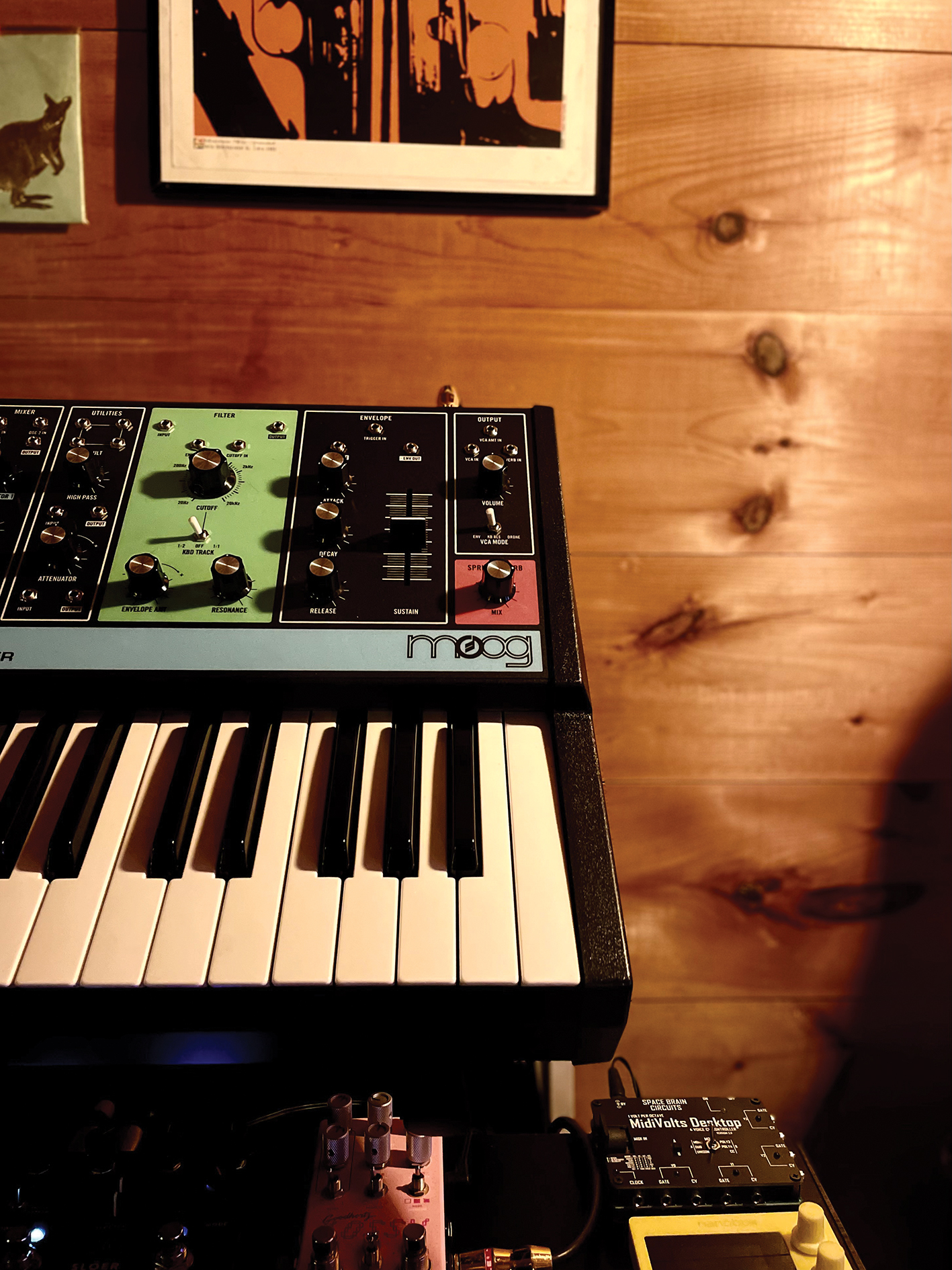
Does the album have a narrative?
“The way that people listen to albums now is not the same as when I would listen to a soundtrack back in the day. If I picked up something from the record store I would always listen to the entire album, and I’m not trying to sound like some old boomer guy, but there’s something about music made in a conceptual manor that intrigues me. This record did take its own course like an imaginary film. By the middle of the process, I’d started referring to songs as scenes even if that wouldn’t make sense to anyone I was talking to.”
In the past, you’ve explained how the Akai MPC has been integral to everything you do as a producer. Are you still following the series and upgrading each device?
“It’s crazy you say that because right before you called I was rebuilding the pads on an old MPC4000. Out of all the new ones, the only one I really mess with is the MPC One because the workflow and layout is similar to the old ones, and you can see what you’re doing instead of having a small calculator screen.
“I tried to follow the line, but started to realise I was spending money on a sequencer that has nothing to do with an MPC2000XL. The workflow is very different, I prefer limitations and those early machines were more intuitive to use. Even in standalone mode, the new ones are basically doing everything that a computer can do.”
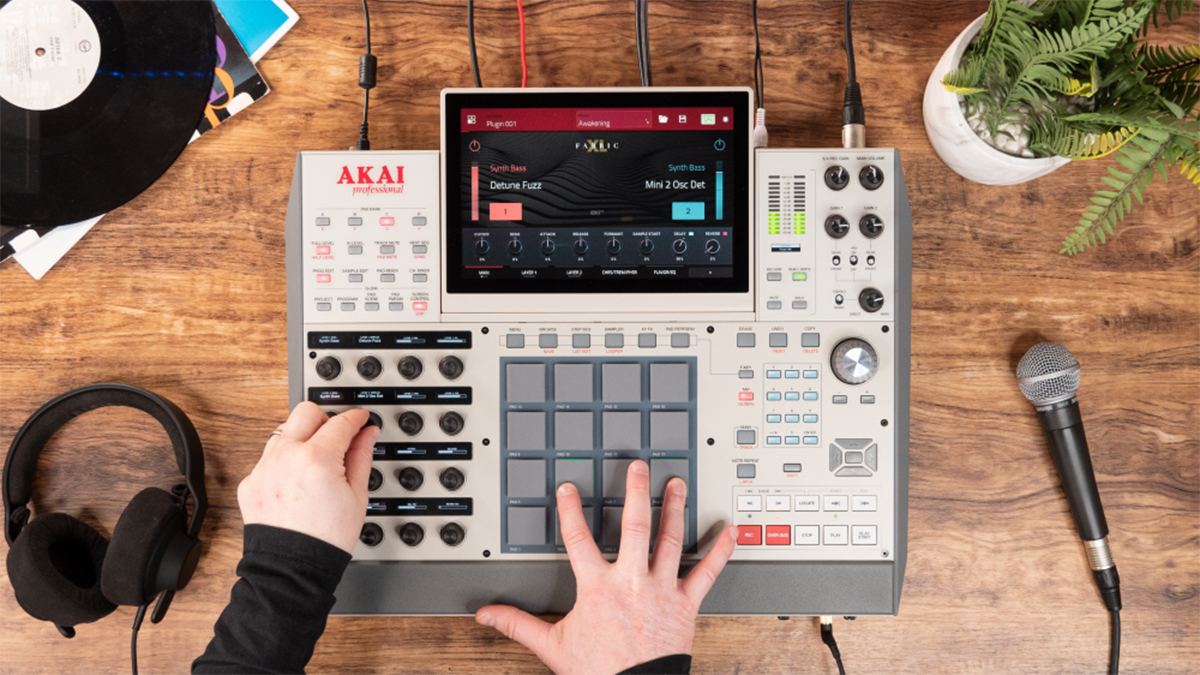
It might look retro, but the MPC X Special Edition is actually “the most powerful MPC ever”
Did you ever try other controllers like Maschine?
“On my main computer, where I record and track, I do use Maschine because it integrates a little better and you can load up more stuff when connected to Pro Tools. It took me a long time to like it, but Maschine’s sync-ability is more to my liking.
“I don’t think I’ll ever stop loving that approach to making beats, but this record has definitely been more composed. I wrote things down to create proper arrangements, and the only thing close to using an MPC was some of the sequencing stuff that’s necessary to do as a solitary producer.”
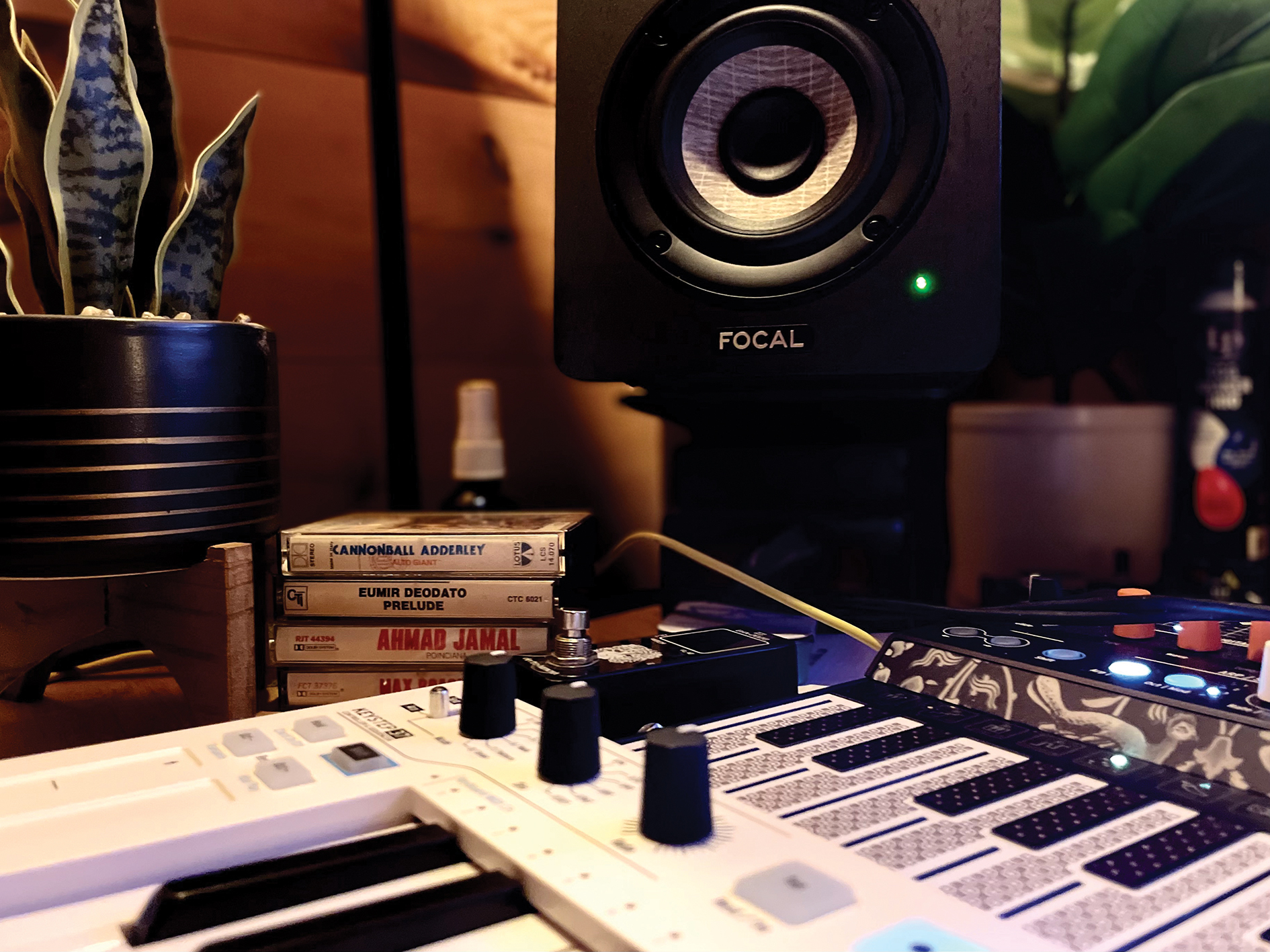
Did the score-writing element require a steep learning curve?
“Before I used a sequencer, I always used to write down drum patterns and notes, but when you’re going to interface with other musicians you need to operate on their level and give them everything you can, rather than just a vague idea. Due to the pandemic, I was forced to work remotely, and everybody I worked with was located in different states, but they were much more proficient than I was in terms of writing and sending back seamlessly recorded parts.”
How did you illustrate wanting the various musicians’ individual parts to sound?
“I didn’t want to make it confusing for the collaborators, so I wrote out all of the woodwind and other melodic instrument parts in different timbres and registers on either a Moog Grandmother or the Moog Matriarch. You can do some really cool stuff on the Grandmother by creating multiple voices and abnormal waves using different pedals and pitching them down.
“That was fun in the same way that using an MPC is fun because you have to make the most out of one instrument. By emulating those swells, I could show the musicians where I saw the music going, but if a sample was available I’d use that to figure out how to show the player the vibe I was looking for.”
Despite this project being much more expansive, the idea of using inexpensive gear clearly still appeals to you?
“I think it’s ridiculous for a working-class musician that has to give up so much to pay $10,000 for a new Rhodes. If you’re trying to make music for a living, it’s not fair to make things so out of reach for people or fail to create a less expensive version. And I don’t mean make it for software, because a lot of people don’t want that, but there’s no way I’m spending more on a Rhodes than a car.”

As a celebrated hardware user, what’s your approach to soft synths?
“I’ll use some when they sound good, but a lot of soft synths still sound really digitised in a home studio environment. Unless it’s meant to be digital, the sound just doesn’t hit right and I still don’t know if I can trust the way horns and strings turn out when they’re created by soft synths. If a part is played too perfectly by a human, I still want to fuck it up to make it sound weathered or less pristine.”
I usually want everything that’s recorded sent to me dry so I can figure out where it’s going to sit in the mix and apply the right effects processing
You primarily see software’s role as being more useful for recording or effects processing?
“I usually want everything that’s recorded sent to me dry so I can figure out where it’s going to sit in the mix and apply the right effects processing. On New Strategies for Modern Crime, I wanted to limit my use of plugins. I have a lot of Universal Audio and Arturia stuff, so I limited my use of those to plate reverbs, spring reverbs, certain compressors and things that aren’t going to make stuff sound instantly loud.
“Keeping things scaled down and disciplined by using simple delays and analogue recreations like the Space Echo made way more sense. I also used my four-track a lot to play sounds through and saturate them.”
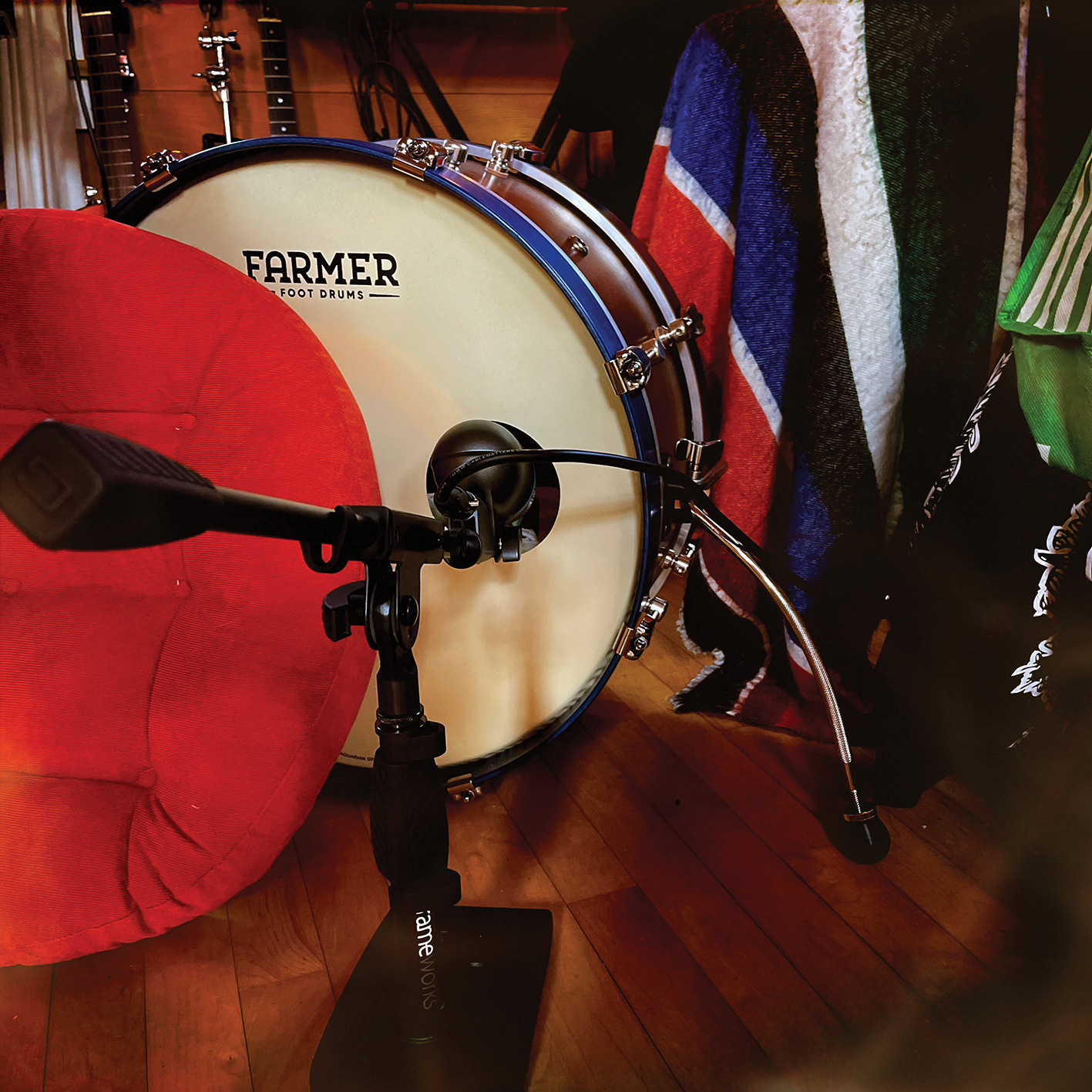
As a beatmaker, did you use live drums or have the confidence to programme drums to sound live?
“It’s weird, but a lot of the live parts had implied rhythm so I didn’t have to do much beat-making. I either played on my kit or dialled it in. If I wanted to something sound super stiff and robotic, I’d create beats that way rather than use a live take.”
Has this process of recording live instrumentation soundtrack-style changed your approach to music-making or how you think about recorded music?
“I feel like it’s reconfigured the way I approach recording. It’s hard to explain, but when you mic things up and start to think about how everything sounds acoustically it does change your approach. Now I could never record something in the box without adding some sort of air to it.
“That doesn’t mean I have to add ‘trumpet’, it’s more about having something that’s moving in the music because it adds so much more dimension. You learn something new from every record you make when it comes to acoustics, space or even whether a song’s a song, so I don’t think that there’s any way around that process changing you.”
Prefuse 73's New Strategies for Modern Crime Vol.1 is out now on Lex Records.







